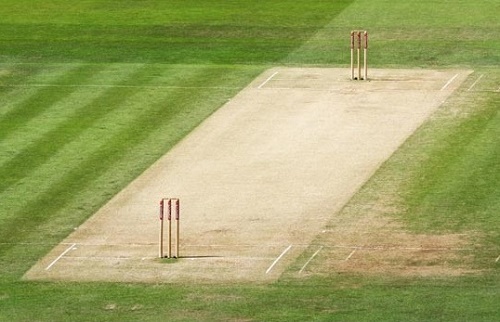Are you able to breathe life into an older, mistreated cricket wicket?
To successfully standardise the playing surface and provide a wicket that you can use in all conditions, a lot of leisure centres, institutions and cricket clubs use synthetic pitches. Although artificial wickets are definitely hard-wearing than natural cricket wickets, they also need regular repairs and maintenance to keep them in pristine condition. Fortunately, even aged, mistreated pitches may be brought back to life with a bit of Tender loving care and the right treatment plan.
www.artificialgrassmaintenance.co.uk/ is seen as a site that has lots of up to date info on artificial cricket wicket cost.
Synthetic Cricket Wickets
Synthetic wickets may be laid on either a dynamic (stone) or non-dynamic (macadam or concrete) base. The top of the cricket wicket itself is constructed from superior quality short pile carpet which is either timber edged and nailed or nailed directly into the aggregate. Shock pads can also be placed under the surface of the pitch to make sure the cricket ball bounces perfectly and also that the artificial wicket responds much the same way to the cricket ball every time, what ever the weather.
Maintaining An Artificial Pitch
 Like most synthetic surfaces, synthetic cricket wickets have to be competently maintained if they’re to provide the most effective playing pitch all year round. We recommend that anyone using an artificial cricket pitch really should apply an annual deep clean program, level the batting zone regularly and use no less than one chemical treatment every six months.
Like most synthetic surfaces, synthetic cricket wickets have to be competently maintained if they’re to provide the most effective playing pitch all year round. We recommend that anyone using an artificial cricket pitch really should apply an annual deep clean program, level the batting zone regularly and use no less than one chemical treatment every six months.
Even with regular repairs and maintenance, cricket pitches can deteriorate as time passes, shock pads can harden and areas may become irregular. If you see that the bounce of the cricket ball has started to become uneven or that the wicket looks tired and worn, it may be time to give your artificial wicket a renovation.

